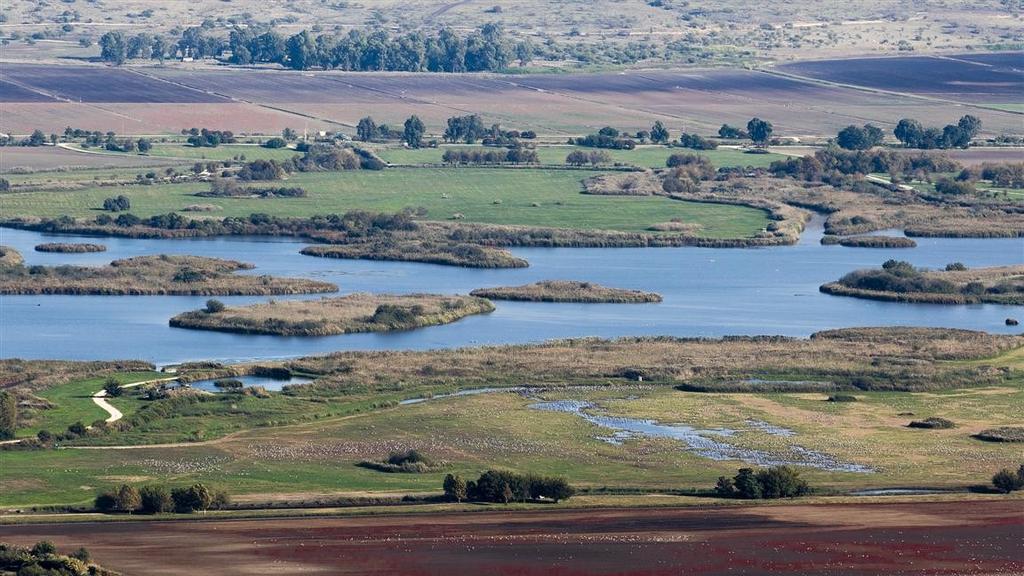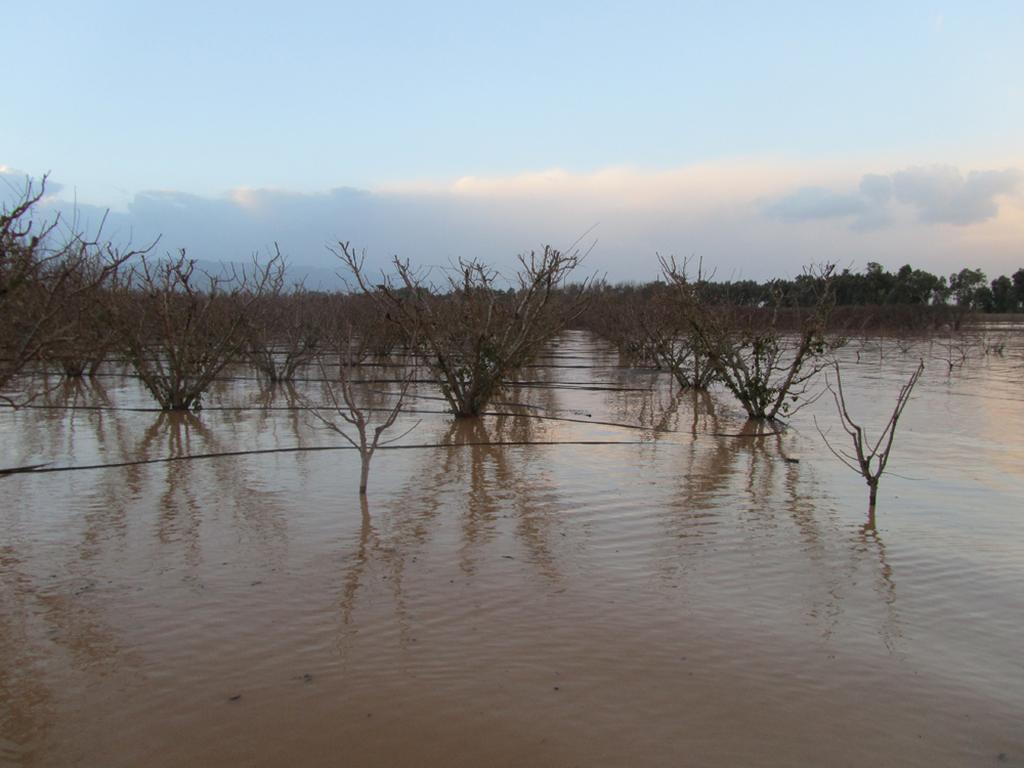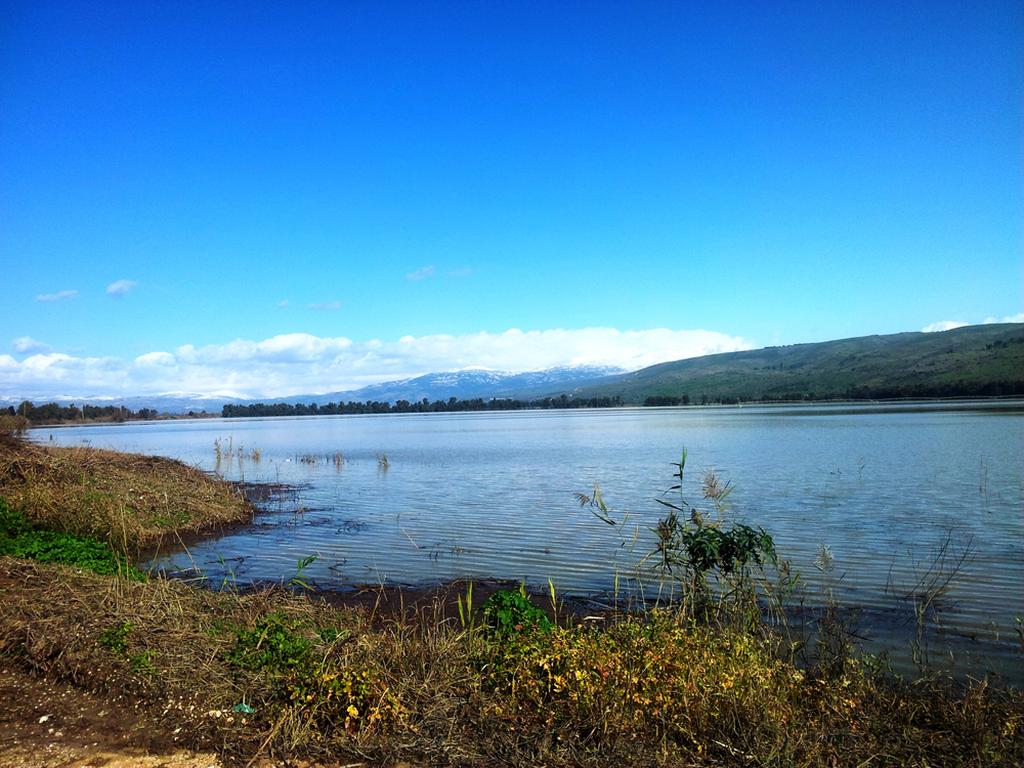Getting your Trinity Audio player ready...
Paleolake Hula at Israel’s Upper Jordan Valley was used as a popular spot for fishing for around 10,000 years, archeologists have found in a new study.
The prolonged-time period occurred some 10,000 to 20,000 years ago, outlet Haaretz reported on Monday, citing the research.
“Preliminary data from the site reveal intermittent occupation of this locale by small groups of hunter-gatherers who engaged in short-term, task-specific activities when lake levels dropped and exposed the site,” the study suggested.
The individuals who occupied the area ate aquatic sources equivalent to today’s mollusks, crabs, turtles, and amphibians, according to Haaretz.
No habitations were found near the site, as the lake’s water levels have risen and dropped consistently, and the surrounding lands were too soggy for permanent settlement.
Israel and the Levant are rich with discoveries from the Epipaleolithic time period, an interval between the Ice Age and the beginning of settlement and farming of the Neolithic.
Referring to the study’s findings, Prof. Gonen Sharon of Tel-Hai College in northern Israel said, “it’s clear that in these 10,000 years, we begin as small bands of hunter-gatherers and finish it as giant complicated communities - a society based mostly on an agricultural financial system. Our website describes these two nice processes.”
Led by Prof. Sharon, with colleagues from the Hebrew University, Tel Aviv University, Bar-Ilan University, the University of Iceland, University of Tarragona, and the University of Connecticut, the group of archeologists published their research in the journal of PaleoAnthropology.




